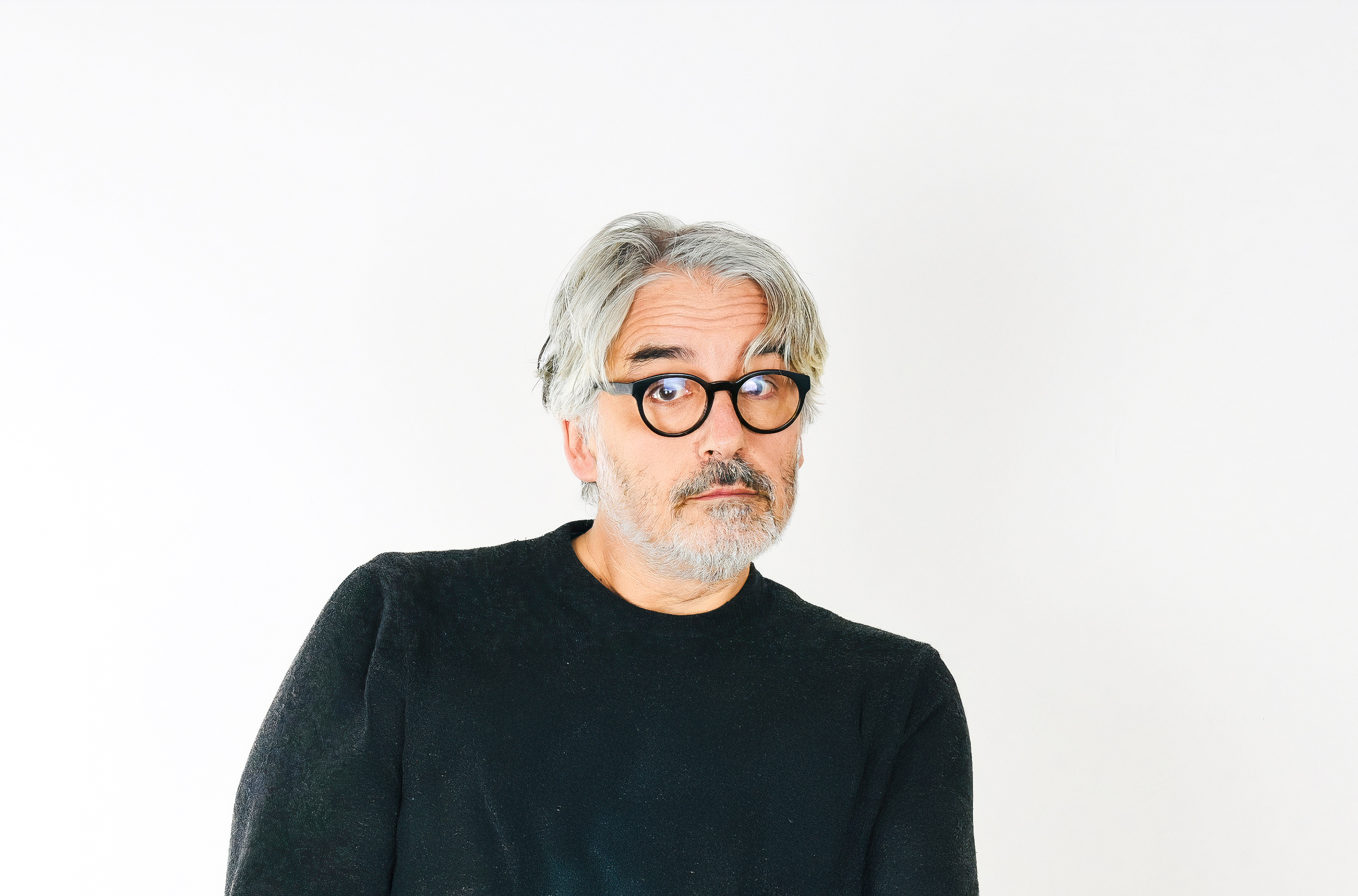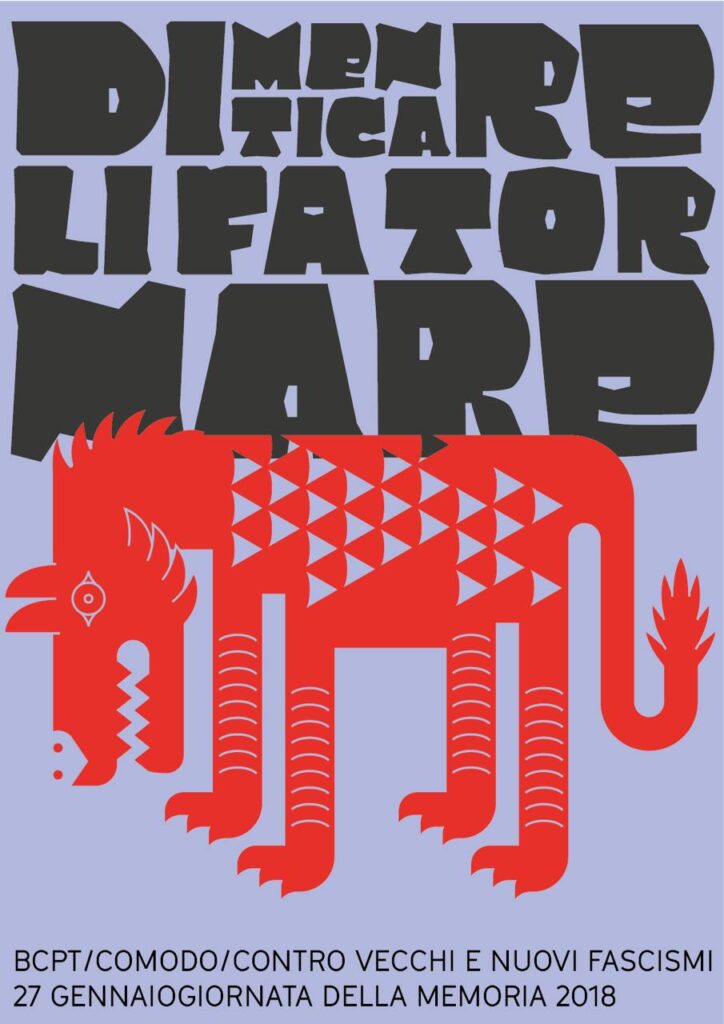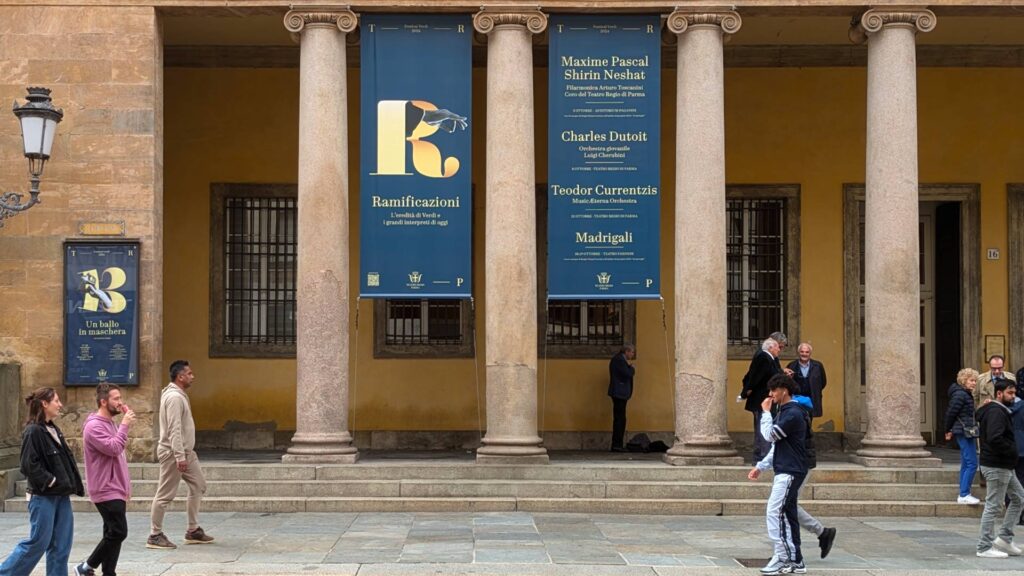Meet the ED Awards25 Jury: Marco Tortoioli Ricci (Italy)
January 22, 2025

Branding & Packaging, EDAwards Jury, EDAwards25, Italy
Marco Tortoioli Ricci (b. Perugia, 1964) is a communication designer, educator, and strategist whose work embodies a thoughtful blend of creativity, research, and leadership. A graduate of ISIA Urbino, Marco is the founder of Bcpt and Comodo, where he applies an ethnographic approach to design, specializing in community and territorial regeneration projects.
With a career spanning decades, Marco has made significant contributions to design education and thought leadership. Since 2006, he has taught Design Methodology at ISIA Urbino and has coordinated the Master in Brand Design at the Academy of Fine Arts in Perugia since 2014. His role as curator has led to notable exhibitions, such as Il mestiere di grafico-oggi at the Milan Triennale in 2022.
Marco’s passion for advancing the field of communication design is evident in his work with AIAP (Italian Communication Design Association), where he has served as national president since 2018. His leadership continues to inspire professionals and students alike, fostering a deeper understanding of the evolving role of design.
Marco Tortoioli Ricci’s expertise and thoughtful approach to design make him an invaluable member of the European Design Awards jury. His commitment to innovation and inclusivity ensures that the awards continue to celebrate the very best in European creativity.
Q: What makes the European Design Awards special to you?
A: When the European Design Awards came out with its first edition in 2007, the idea of an award dedicated to visual communication design that would have identified among the jurors the editors of the most important magazines in the sector immediately seemed very credible. I was then on the AIAP board and the magazine we edit, Progetto Grafico, was among the titles selected to make up the judging panel. We were immediately interested in a contest that for the first time, on a European level, addressed our professional sector so specifically. The major international awards still reward design in general, the sections specifically dedicated to visual communication appear to be lacking in incisiveness and unable to represent the complex nature of our work. EDA immediately represented, and is even more so today, an opportunity for the international design community to dialogue on the most experimental and avant-garde forms that this field of design produces today.
Q: What excites you most about European design today?
A: I am deeply interested in how design is increasingly consciously being called to provide answers to the complex issues that contemporary society confronts us with. The European community is increasingly challenged by wars and political transitions that deeply undermine the idea of free movement of people and ideas. I firmly believe that communication designers in Europe must develop a kind of common consciousness of the responsibilities they are called upon to assume. Ken Garland anticipated this at the time with his manifesto, but I believe the time has come to put back at the centre of the discussion the ability of design to produce greater accessibility to content, real change and greater awareness for European citizens. But what is perhaps more important is to be able to do this through visual experimentation, producing visual languages that represent a true cultural capital as a sign of our times, something that in many ways seems to be strongly challenged by the newborn conservatisms that seem to be reasserting themselves in Europe. I think that the role of an award such as EDA is precisely to give visibility how design can be a tool of growth for our European community.
Q: Is there a particular trend or approach in design that you think represents the future of creativity in Europe?
A: I do not really like the concept of ‘trend’ in design, it seems to me that it brings for many young people mainly the need to chase aesthetic rules that standardize the project rather than working on developing personal methodologies. There are some variables that I would instead emphasize as determinants for those who want to tackle this design field today: A) a multidisciplinary approach to design; it becomes crucial if one is working in the field of identity design in complex scenarios to be able to involve approaches to inquiry and research that are representative of different knowledge. B) to consider the dynamic and generative nature of visual design; the aptitude of visual systems that are able, through programming, to interpret and make visible evolving data sets is an indispensable component today. C) developing experimental visual languages, that is, training ourselves to continually question the level of coherence of what we design, at every level, with the content we have to share. From this point of view, the study of the historical roots from which many of the visual achievements that we field today come, I believe are an ethical obligation for young designers. D) the nature of inclusivity of design; to consider that working with visual languages and notation systems, being aware of the different points of view, cultural, religious, gender that our work activates makes our work appear credible.
Q: What advice would you give to designers aspiring to stand out in a competition like the European Design Awards?
A: EDA represents a contest in which the evolution of visual communication languages in all forms, graphic design, typographic, editorial, digital, information design, experience design, and environmental are represented. The level of competition is very high, and experimentation and innovation are usually rewarded alongside the cultural reach that the project brings to the table. In recent times we have seen how the boundary separating artistic production and communication design is often blurred, and in many cases projects are awarded that we would struggle to recognize as belonging to one world or the other. My invitation to younger people is to study a lot of what is produced by their colleagues in the world, to continue to do research and experimentation, to become able to ‘negotiate’ with their clients a certain freedom of action by explaining that making highly innovative projects also represents capital for the future of companies and institutions, to select projects that have a distinctive recognizability, able in a short time to win attention and arouse interest, to be able to ‘tell’ their project to make visible the process that is behind it.


